Get Started Today
Have a chat with our team regarding your leadership, learning and organisational needs to see how we can best serve you.
The F.I.R.S.T. Newsletter
Subscribe now for the latest updates and insights to help you and your organization become F.I.R.S.T.
Copyright © Influence Solutions 2024. All Rights Reserved.










